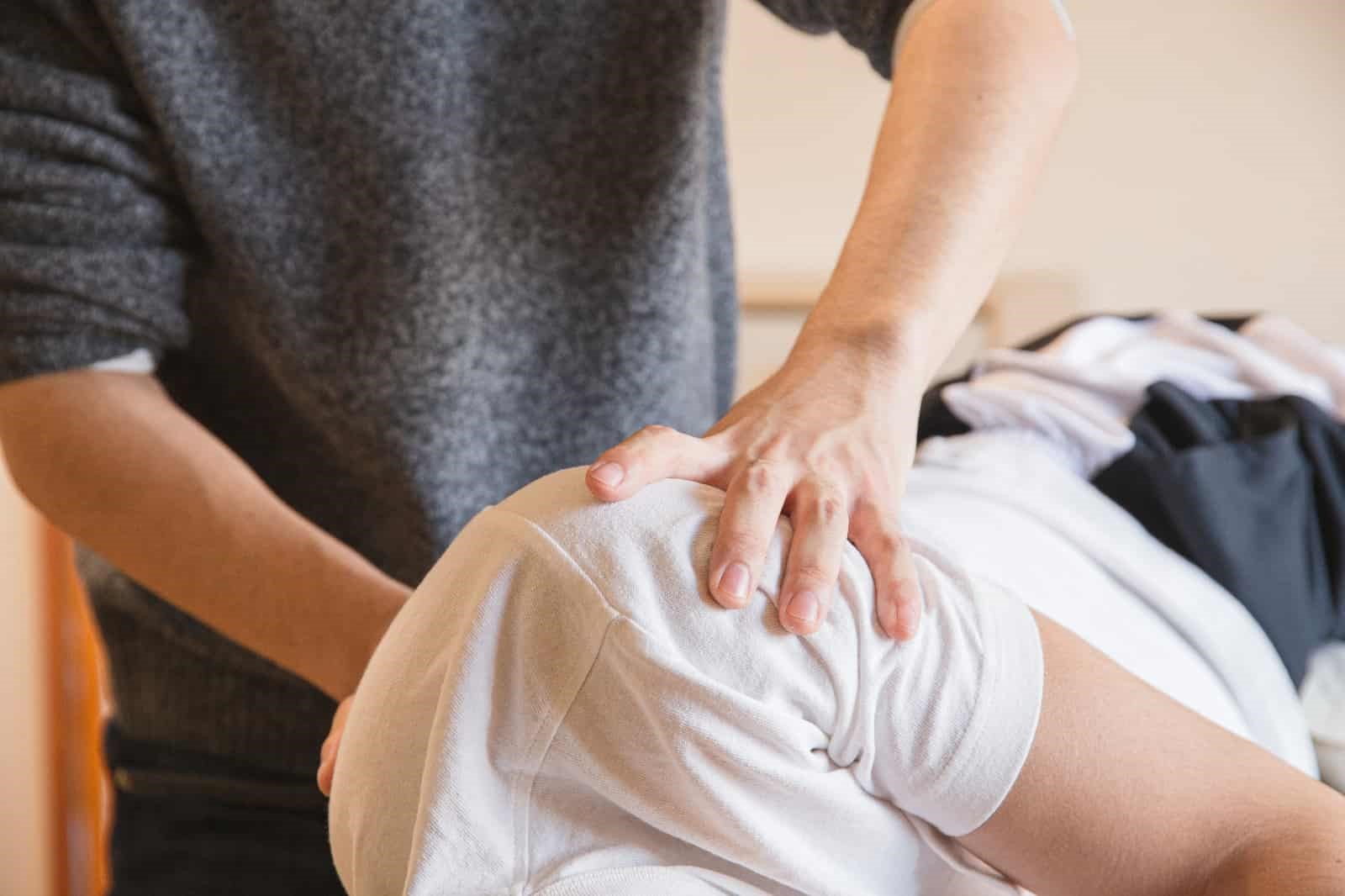
Rotator cuff injuries: new minimally invasive therapies
Injury of the rotator cuff, the musculo-tendinous structure of the shoulder joint, is a very frequent pathology, both among older people and those who play sports such as basketball, volleyball, skiing or baseball
It can also affect certain work categories characterised by repeated ‘overhead’ movements, such as painters or bricklayers.
In any case, it manifests itself as pain in the shoulder that often prevents normal daily activities.
What is rotator cuff injury?
A rotator cuff injury consists of the rupture or tear of 1 (or more than 1) of the tendons that make up the rotator cuff.
The so-called ‘rotator cuff’ is a structure consisting of 4 muscle-tendon units, originating in the scapula and inserting on the head of the humerus, which stabilises the shoulder joint and allows it to rotate and perform complex movements.
Specifically, the tendons that make it up are:
- supraspinatus superiorly
- subscapularis anteriorly;
- subspinatus and small round in the posterior.
Of fundamental importance for the mobility of the upper limb, this muscle-tendon complex is at the same time also very delicate.
Particularly fragile are the tendons, which can become inflamed and degenerate or rupture as a result of trauma.
Causes of rotator cuff injury
The causes, which can favour the occurrence of a rotator cuff injury, are
- traumatic events, resulting from incorrect movements, excessive loads on the joint or impacts (e.g. falls during sports with a high incidence of trauma, such as basketball, volleyball, rugby, American football, skiing, etc.);
- degenerative and/or chronic processes, linked to an ‘overuse’ of the shoulder musculature due to work or sports activity, which causes a progressive thinning of the tendons, making them more vulnerable to injury and rupture. Diseases such as diabetes and habits such as smoking can also promote tendon degeneration due to reduced vascularisation;
- ageing: in the elderly, shoulder tendons have reduced blood flow, which facilitates their degeneration and rupture.
Symptoms
The main symptom of rotator cuff injury is pain localised to the shoulder and sometimes radiating to the upper arm, which may be chronic and mild or acute and violent, accompanied by difficulty in making even trivial movements, such as combing or dressing, raising the elbow above the shoulder or resting it on a plane.
The pain is usually present even when resting and at night.
How rotator cuff injury is diagnosed
It is necessary to rely on the specialist who, during the examination, will perform a series of specific tests on the shoulder.
It is always the specialist who decides whether an X-ray, ultrasound or magnetic resonance imaging may be necessary to rule out other pathologies and highlight possible tendon ruptures or calcifications.
Pharmacological and rehabilitation therapy
Generally, the first therapeutic approach is conservative with the aim of reducing pain and inflammation with oral or infiltrative drug therapies and recovery of function with rehabilitation therapies such as physiotherapy and physical therapies.
Surgery in severe cases or in young people
If the pharmacological and rehabilitative approach is not effective, or in active patients with acute and complete rupture of the tendon, the specialist may consider resorting to surgery, especially if the pain becomes very severe or with a reduction in shoulder mobility.
There are various surgical options, with which, in most cases arthroscopically, i.e. through very small incisions, the tendons are either reinserted on the humerus, at the point from which they have detached, or ‘stitched up’ under the guidance of a camera.
The latest innovation in rotator cuff injury: Balloon, a biodegradable pad
Among the latest innovations for the treatment of rotator cuff injuries is a recent device, called Balloon, indicated in cases of irreparable rotator cuff tears.
In the presence of large rotator cuff injuries, the humeral head is not ‘balanced’ and rises towards the acromial roof, i.e. the upper part of the scapula, creating an imbalance in the joint mechanics resulting in a clear reduction in shoulder function.
The Balloon, acting as a spacer, improves the:
- biomechanics of the shoulder;
- functionality of the joint.
Specifically, it is a pad composed of a biodegradable polymer, the same used for many resorbable suture threads, which is inserted arthroscopically between the humerus and acromion.
After placement, the device is filled with saline and left in place typically 6-12 months before being reabsorbed by the body.
The advantages of this technique are several:
- it is minimally invasive
- it presents a low risk of complications
- it allows for more invasive future operations.
Read Also:
Emergency Live Even More…Live: Download The New Free App Of Your Newspaper For IOS And Android
What Is Involved In Rotator Cuff Injury?
Shoulder Instability And Dislocation: Symptoms And Treatment
Dislocation Of The Shoulder: How To Reduce It? An Overview Of The Main Techniques
Shoulder Tendonitis: Symptoms And Diagnosis
Frozen Shoulder Syndrome: What It Is And How To Treat It
Vertebral Fracture: Causes, Classification, Risks, Treatment, Paralysis
Multiple Rib Fracture, Flail Chest (Rib Volet) And Pneumothorax: An Overview
Difference Between Compound, Dislocated, Exposed And Pathological Fracture
Penetrating And Non-Penetrating Cardiac Trauma: An Overview
Facial Trauma With Skull Fractures: Difference Between LeFort Fracture I, II And III
Broken Rib (Rib Fracture): Symptoms, Causes, Diagnosis And Treatment
Tibial Plateau Fracture: What It Is And How To Treat It
Treatment Of Bone Fractures: Some Information For Citizens
Fracture Of The Shoulder And Proximal Humerus: Symptoms And Treatment


